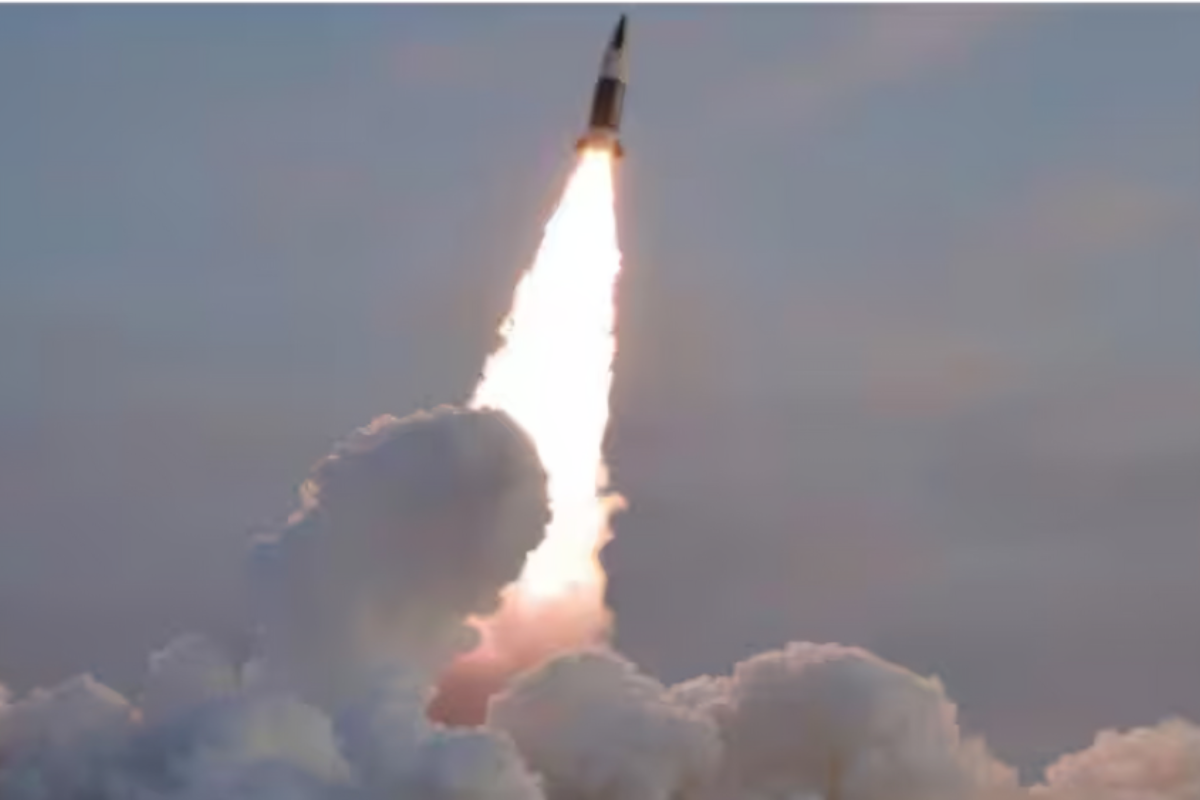North Korea’s Missile Program: An Ongoing Global Concern
The progression of North Korea’s Ballistic Missiles capabilities has long been a source of regional tension and global apprehension. These formidable armaments not only pose immediate threats to neighboring nations but also raise profound anxieties regarding the proliferation of nuclear armament. This article delves into the historical trajectory, current status, and prospects of North Korea’s ballistic missile initiative.
A Historical Perspective
Commencing in the 1980s, North Korea embarked on a path of ballistic missile development, initially supported by the Soviet Union. Their early endeavors focused on short-range missiles, primarily aimed at South Korean targets such as the Scud. Over time, their aspirations expanded, culminating in the creation of medium-range missiles like the Hwasong-10 and No Dong, capable of reaching Japan and parts of Russia’s eastern coast. Of utmost concern are recent trials of intercontinental ballistic missiles (ICBMs) like the Hwasong-14 and Hwasong-17, signaling potential threats to the continental United States.
Technological Arsenal
North Korea boasts a diverse array of ballistic missiles, ranging from short-range tactical projectiles to potentially long-range ICBMs. These include:
- Short-Range Ballistic Missiles (SRBMs): Typically deployed towards Japan and South Korea, SRBMs pose a significant threat due to their precision and rapid deployment capability.
- Medium-Range Ballistic Missiles (MRBMs): With ranges spanning 1,000–3,000 km, MRBMs extend their reach into Northeast Asia, prompting concerns about regional stability.
- Intermediate-Range Ballistic Missiles (IRBMs): Targeting areas up to 5,500 km away, IRBMs pose a direct threat to vital US territories such as Guam.
- Intercontinental Ballistic Missiles (ICBMs): The most alarming, ICBMs have ranges exceeding 5,500 km, potentially reaching the US mainland, a worrying prospect given recent testing activities.
Driving Forces Behind the Program
North Korea fires off ballistic missiles as Washington’s state secretary visits the South
Observed by Kim Jong-un, pyongyang launched multiple short-range ballistic missiles into the East Sea on Monday, as US Secretary of State Antony Blinken arrived in Seoul for a state visit. pic.twitter.com/4ZEHhVfNvr
— USMAN عثمان (Mujaddid). (@USMOVIC) March 19, 2024
North Korea’s missile program is underpinned by several key rationales:
- Deterrence: Positioned as a deterrent against perceived American and South Korean threats, North Korea views its missile program as a strategic defense mechanism.
- Government Security: The regime considers nuclear armament and advanced missiles as indispensable tools for safeguarding its sovereignty and projecting power on the global stage.
- International Leverage: By showcasing its missile capabilities, North Korea aims to assert its influence on the international stage, particularly in diplomatic negotiations with the United States and South Korea.
Impact and International Response
The international community has responded to North Korea’s missile program with stern rebuke and sanctions, aiming to stifle its progress. Despite these efforts, North Korea has persisted, underscoring the complexity of diplomatic and security challenges posed by the regime’s actions. Efforts to denuclearize the Korean peninsula have yielded limited success thus far, highlighting the persistent threat posed by North Korean ballistic missiles.
The Road Ahead: Challenges and Prospects
Uncertainty shrouds the future trajectory of North Korea’s missile program, presenting multifaceted challenges:
- Internal Dynamics: The regime’s internal priorities and decision-making processes heavily influence the trajectory of its missile initiatives.
- Technical Uncertainties: Questions persist regarding the accuracy, reliability, and re-entry capabilities of North Korean ICBMs, underscoring the need for continued vigilance.
- Geopolitical Tensions: The intricate relationships between North Korea, the United States, China, and South Korea further complicate efforts to address the missile program.
Potential Solutions
Sustaining robust international sanctions remains a critical tool in limiting North Korea’s access to materials and technology essential for missile development. Additionally, fostering dialogue and diplomatic engagement, albeit challenging, offers a pathway towards mitigating tensions and promoting regional stability.
Conclusion
North Korea’s ballistic missile program stands as a persistent and multifaceted challenge with far-reaching implications for regional stability and global security. From its origins in the 1980s to the recent advancements in intercontinental ballistic missiles, North Korea has demonstrated a relentless pursuit of technological prowess despite international condemnation and sanctions.
The historical trajectory of North Korea’s missile development underscores the regime’s commitment to enhancing its military capabilities, driven by a complex interplay of deterrence, security concerns, and strategic leverage. Efforts to contain the proliferation of these weapons have met with limited success, highlighting the enduring threat posed by North Korean missiles to neighboring nations and the international community at large.












“Fantastic!”
April 26, 2024 at 1:13 pm